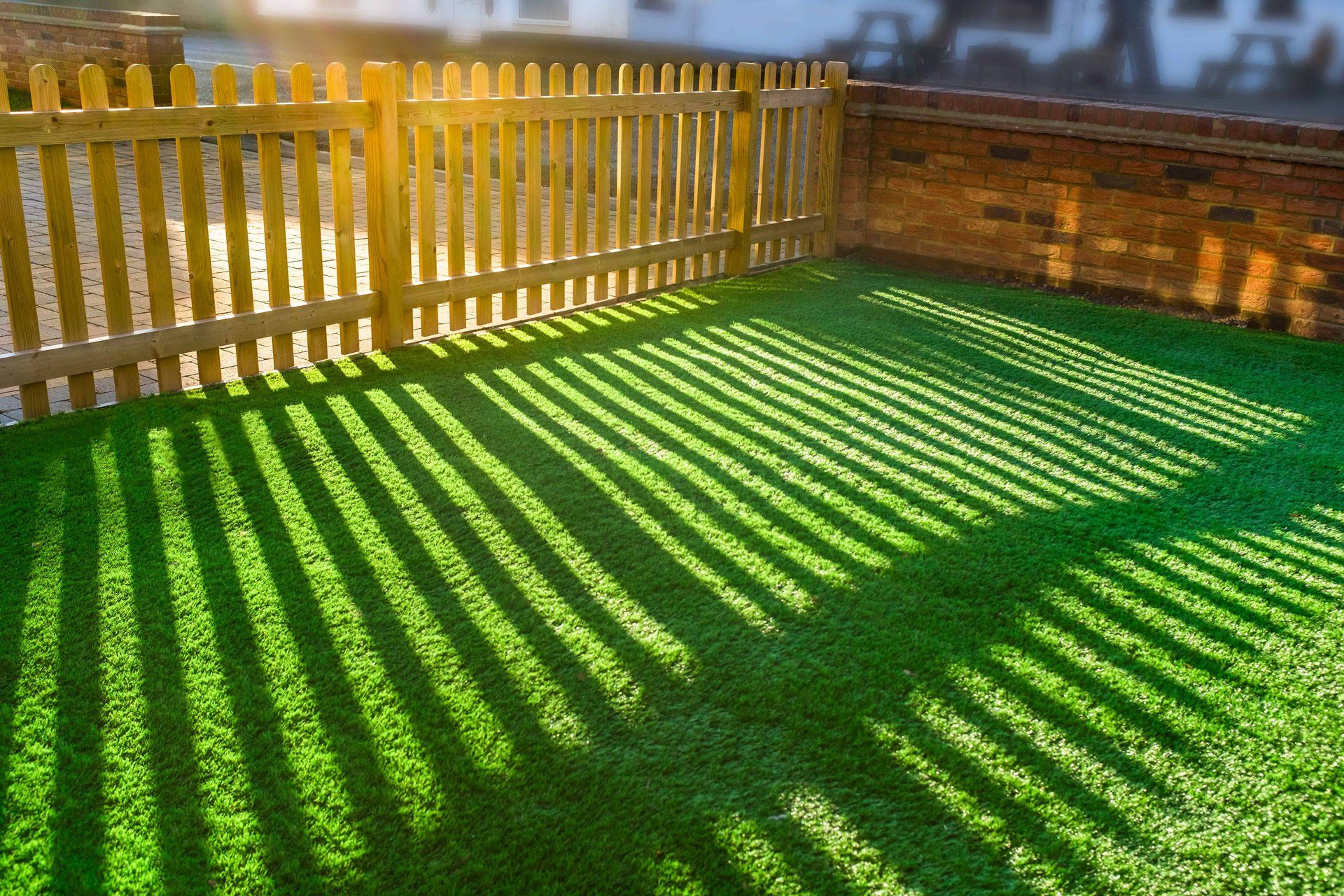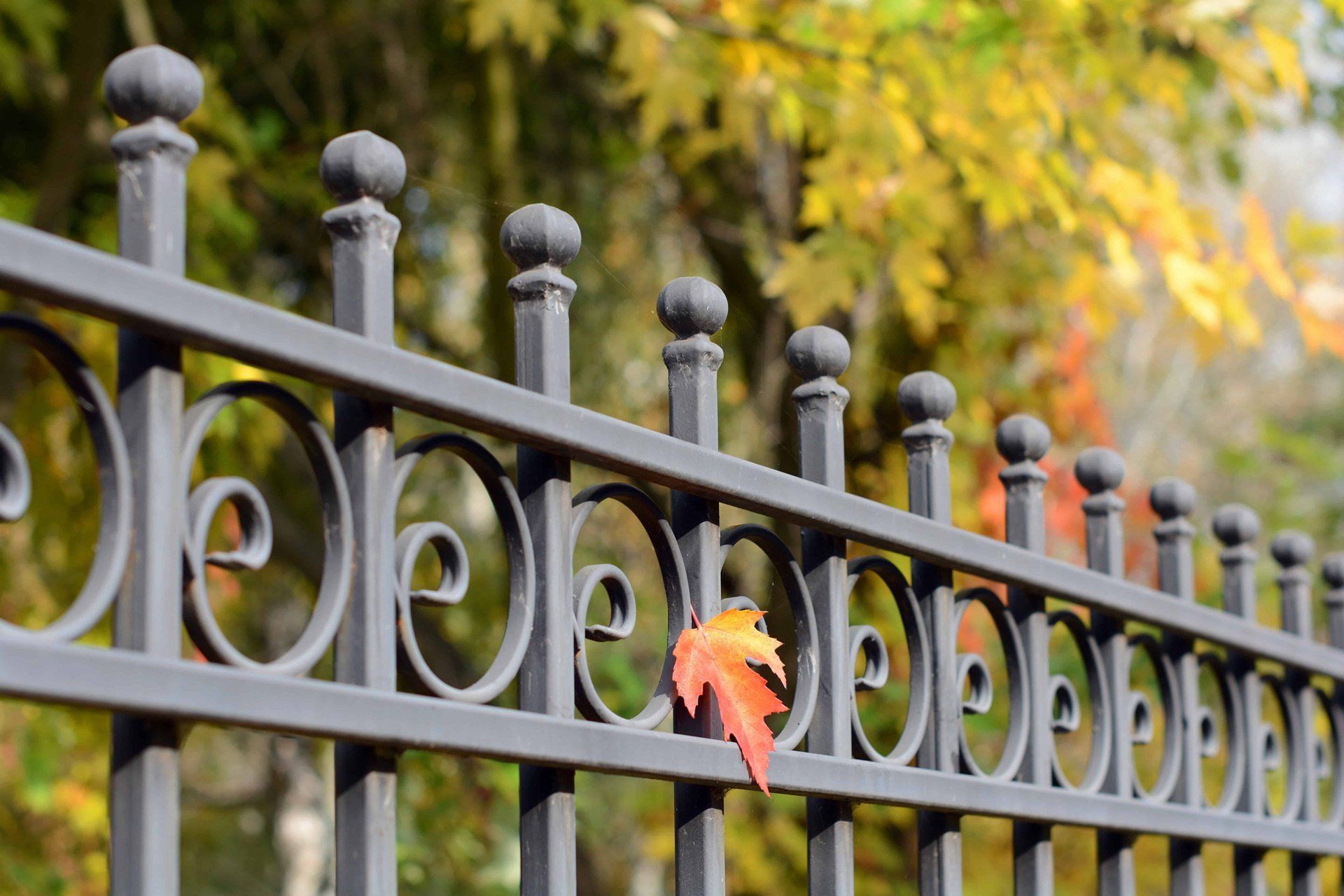About St. Augustine FL
Augustine is a city that is situated in the southeast region of the United State on the Atlantic Coast of the northeast part of the state of Florida. This city was first established in the mid 16th century, 1565 to be more specific, by Spanish explorers. St. Augustine has the distinction of been the oldest continually occupied European settlement, within the contiguous United States. it as well serves as the county seat for the St. Johns County, and is part of Florida’s First Coast area and the Jacksonville Metropolitan region.
The City of St. Augustine was established by Spanish admiral Pedro de Aviles, who later on became the very first governor of the state of Florida. It was named St. Augustine after his ships sighted land in the state on the feast day of St. Augustine. This City went on to serve as the capital for Spanish held Florida for more than 200 years. St. Augustine was then made into the capital for British East Florida, when the English founded their colony in the year 1763. The city was then ceded back to the Spanish in 1783, and in 1819, the Spanish finally ceded it to the United States. Since the late 19th century the City of St. Augustine’s distinctive historic heritage has made it a very popular tourist destination not only in the state of Florida, but the entire country.
Top attractions
The City of St. Augustine is home to a wide variety of historic tourist attractions from both the Spanish and English rule of the region. Some of the most notable relics of the 1st and 2nd Spanish occupations are Avero House, the Castillo de San Marcos National Monument. Fort Matanzas National ,Monument, Fort Mose Historic State Park, Gonzalez Alvarez House. Fountain of Youth Archaeological park, Colonial Quarter, Liamblas House, Tolomato Cemetery and the Huguenot Cemetery to name just but a few. The City of St. Augustine also boasts of a wide range of historic churches. Some of the most prominent of which include the Grace United Methodist Church, Cathedral Basilica of St. Augustine, the Memorial Presbyterian Church and the Trinity Church of St. Augustine. Yet other notable points of interest in this Florida city are the Anastasia State Park, the St. Augustine Amphitheater. The St. Augustine Pirate and Treasure Museum, the World Golf Hall of Fame and the Great Cross.
Castillo de San Marcos
The Castillo de San Marcos is situated on the western bank of the Matanzas Bay. it was built in the late 17th century by the Spanish who wished to fortify the then little garrison town of St. Augustine. Nowadays., the Castillo de San Marcos is a national monument, which is spread over a 20.5 acre parcel of green space. This City of St. Augustine park integrates a re-constructed part of the wall that encircles the city. It also features the original gate that once gave egress into St. Augustine. Some of the top attractions to be found in the Castillo de San Marcos are the fort’s casements and weaponry exhibitions. This leading City of St. Augustine destination as well hosts actors garbed in period specific wear who make demonstrations of the historic weapons. These actors also carry out reenactments of the lives of the Spanish colonists who once called St. Augustine their home.
Lightner Museum
Housed in the historic Hotel Alcazar in St. Augustine’s downtown area, the Lightner Museum is listed on the National Register of Historic Places. It was constructed in the late 19th century, and integrates the Spanish Renaissance Revival architectural design. The Lightner Museum comes complete with an open courtyard, palm trees and a fishpond that features a stone arch bridge. When it comes to its collections, this City of St. Augustine museum places a strong emphasis on showcasing historic artifacts, especially those from the Victorian age. Visitors to the Lightner Museum get to explore a Victorian village on the structure’s 1st floor. Not to mention a Victorian science and industry room and a music room that comes complete with numerous musical instruments from the Victorian era. The 2nd floor of the Lightner Museum is specifically devoted to glass including a Tiffany stained glass. While the 3rd floor houses period specific furniture and furnishings, paintings and even sculptures.
St. Augustine Alligator Farm
This City of St. Augustine zoological. park was founded in the late 19th century. At first, it served as a diminutive state of Florida reptile exhibition, but it has now evolved into one of the most trendy attractions of the entire state. Nowadays, the St. Augustine Alligator Farm is a modern accredited zoo, which is home to all species of crocodilians that are to be found in the entire globe. It has the distinction of being the sole park of its kind to possess live specimens of all crocodilian species in the world. The best means of exploring this City of St. Augustine zoo is via its zip line. During this aerial tour, visitors to the St. Augustine Alligator Farm can catch up close views of live crocodilians, tropical birds and lemurs in their natural habitats without disturbing them.
Fort Matanzas National Monument
The Spanish constructed this diminutive fort in the mid 18th century, 1742 to be more specific, at a time when Florida was still their possession. It originally served as a fort to safeguard the Matanzas Inlet and allowed them to keep tabs on the City of St. Augustine southern river banks. Today, visitors to the Fort Matanzas National Monument get the opportunity to explore the well preserved fort ramparts, the gunpowder room, the officer’s quarters and the original 5 cannons. This St. Augustine popular site is part of a big 100 acre park, and a boardwalk connects it on a ½ mile long path through mangrove forests. While here, visitors can explore this barrier island’s diverse and thriving ecosystems. This barrier islands as well serves as live fort that protects the City of St. Augustine’s coastlands from violent storms.
Anastasia State park
The Anastasia State Park is situated around 5 miles on the southern direction of the City of St. Augustine. It is characterized with pristine beaches, ancient sand dunes, tidal marshes and dense mangrove forests. The Anastasia State Park is sprawled on a large 1,600 acre piece of land, which has an abundant ecosystem that is full of diverse wildlife species. Visitors to this top City of St. Augustine attraction can spend their day engaged in a wide variety of outdoor recreational activities. This includes swimming, beachcombing, hiking, bird gazing or just simply taking in the spectacular scenery this park has to offer. On the other hand, there are as well a grand total of 139 campsites, which offer accommodation to visitors who wish to spend more than a day exploring the Anastasia State Park. Such visitors can also hire bikes, kayaks, paddleboards and even sailboats. This St. Augustine park has a grill area too, where tasty beach lunch and dinner are served.
Colonial Quarter
This leading St. Augustine attraction was previously referred to as the Colonial Spanish Quarter. It was again opened to the public in the year 2013 after undergoing an extensive renovation project. The Colonial Quarter was established in 1963 as a living museum, which was dedicated to showcase the way of life in the City of St. Augustine during the mid 18th century, back when the region was ruled by Spain. Visitors to the Colonial Quarter can take tours of the 2 acre site that comes complete with numerous historic structures, shops and even restaurants.
Request a Free Quote
We are available 24/7 via fax, email or telephone
Location
Augustine and surrounding areas
Call Us
All Rights Reserved | Fence Company St Augustine Fl Pros

